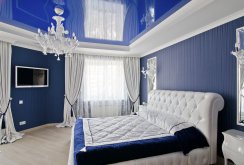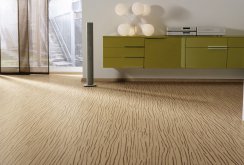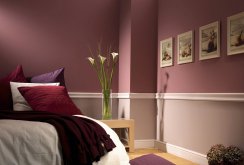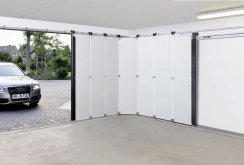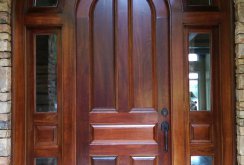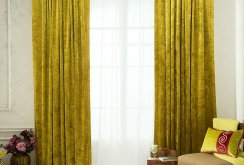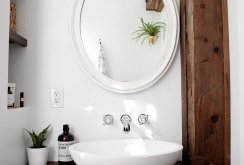 The main difficulties of puttying the ceiling: the choice of mixture, tools, compliance with working conditions
The main difficulties of puttying the ceiling: the choice of mixture, tools, compliance with working conditions
Ceiling putty is used to level surfaces of any type, regardless of the complexity of the terrain. High-quality material and proper application allows you to create the perfect base for decorative finishes.
 Puttying the floor: how to make wooden and concrete floors perfect
Puttying the floor: how to make wooden and concrete floors perfect
Putty for any type of flooring is an extremely important finishing material. The compositions align the canvas, make it stronger, prepare for further work.
 Decorative plaster of ordinary putty: methods of implementation and advantages
Decorative plaster of ordinary putty: methods of implementation and advantages
Decorative plaster is a great way to decorate a room. For work, you can use special materials, as well as ordinary putty.
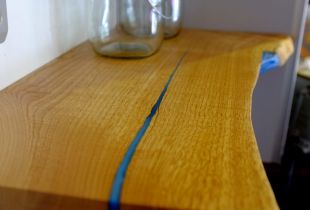 Hard putty on wood: surface finish
Hard putty on wood: surface finish
For the restoration of wooden products, wood putty is most often used. The special composition makes it easy and cost-effective to restore damaged wood items.
 Finishing putty: varieties, characteristics, application principle
Finishing putty: varieties, characteristics, application principle
The finishing putty layer improves the insulation of the room from extraneous sounds, eliminates the defects and roughnesses of the starting putty layer, and improves adhesion between the surface and the facing material.
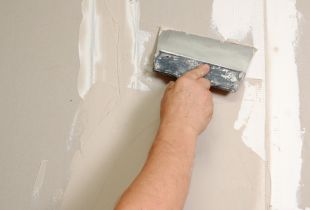 Plasterboard putty: secrets of professionals
Plasterboard putty: secrets of professionals
Drywall is one of the currently demanded materials, thanks to which you can quickly build various constructions with your own hands, but to mount the structure is only half the battle, you need to correctly finish ...
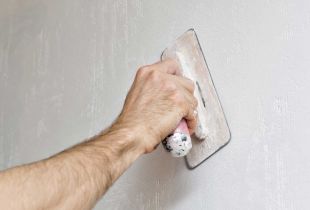 What is better to choose for finishing work: plaster or hard putty and what type?
What is better to choose for finishing work: plaster or hard putty and what type?
Cement putty can be successfully used for closing cracks and for smoothing surface drops. It can be used both inside dry rooms and for decorating facades.
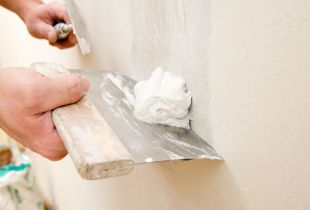 Facade putty: the difficulties of working with the composition
Facade putty: the difficulties of working with the composition
Facade putty is characterized by increased resistance and resistance to natural influences. A wide range of colors allows you to choose the option for every taste.
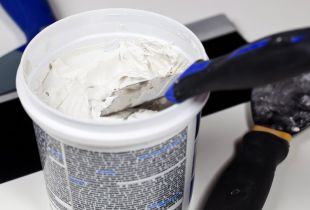 Latex putty: advantages and applications
Latex putty: advantages and applications
Latex putty is characterized by high elasticity, strength, resistance to temperature extremes. The composition is easy to apply, gives a minimum of shrinkage, can be applied in a very thin layer. A wide range of latex putties allows you to choose the material for ...
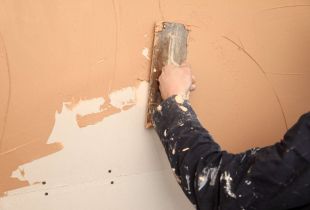 All about acrylic putty
All about acrylic putty
Acrylic putty is a modern finishing material that allows you to perform many construction tasks. The key to success: the right kind of finish, in composition, texture and performance.
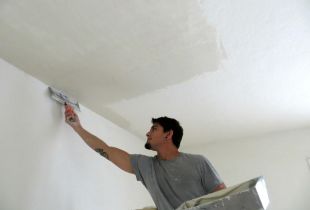 Leveling the ceiling: basic methods
Leveling the ceiling: basic methods
A beautiful ceiling is an indicator of quality repairs. And if defects in the floor or walls can be hidden, then the ceiling should be flat and neat.

 Puttying the floor: how to make wooden and concrete floors perfect
Puttying the floor: how to make wooden and concrete floors perfect Decorative plaster of ordinary putty: methods of implementation and advantages
Decorative plaster of ordinary putty: methods of implementation and advantages Hard putty on wood: surface finish
Hard putty on wood: surface finish Finishing putty: varieties, characteristics, application principle
Finishing putty: varieties, characteristics, application principle Plasterboard putty: secrets of professionals
Plasterboard putty: secrets of professionals What is better to choose for finishing work: plaster or hard putty and what type?
What is better to choose for finishing work: plaster or hard putty and what type? Facade putty: the difficulties of working with the composition
Facade putty: the difficulties of working with the composition Latex putty: advantages and applications
Latex putty: advantages and applications All about acrylic putty
All about acrylic putty Leveling the ceiling: basic methods
Leveling the ceiling: basic methods